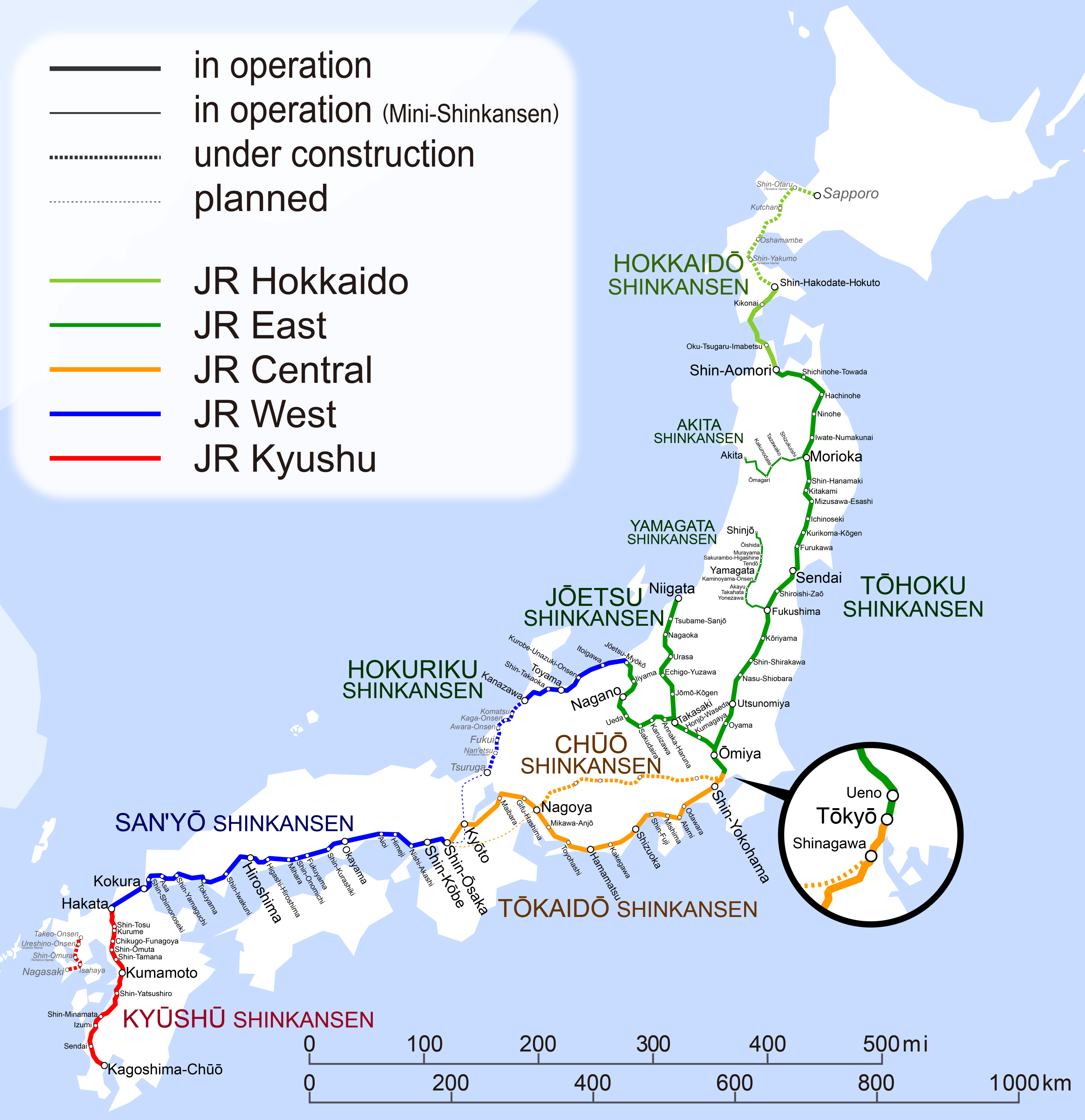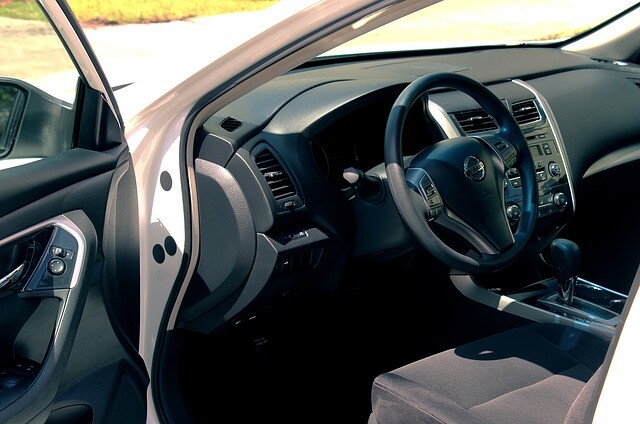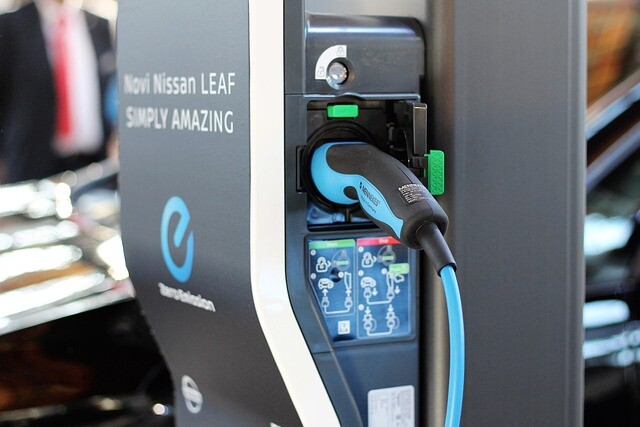The whole world was amazed by the miracle train
Fifty-eight years ago, the world's first high-speed railway line was delivered. For the 1964 Tokyo Olympics, a new gauge railway line with stations, safety equipment, bridges, and tunnels was built in record time.

On October 18, 1964, before the Tokyo Olympic Games, Japan opened the 515-kilometer standard-gauge Tōkaido Shinkansen high-speed line between Tokyo and Osaka, starting a worldwide boom in high-speed transportation and giving new impetus to the railway industry. The Tokyo-Osaka railway line cost one billion dollars at the time.
The Shinkansen is a high-speed rail network in Japan operated by the Japan Railways Group, the country's largest railway company. Since the opening of the first line, Tókaido Sinkanszen (between Tokyo and Osaka), on October 18, 1964, the network has been extended to most major cities in Honshu and Kyushu, with a maximum speed of 300 kilometers per hour and earthquake and typhoon-proof trains.
Japan suffered heavy damage in World War II. After the war, reconstruction started immediately here as well, and the economy was completely restored within a few decades. The rise of the country also required a worldwide advertisement, with which they could introduce themselves again to the world. For this, they wanted to use, among other things, the Olympic Games held in the capital.
By 1964, the government was determined to show the world what the Japanese were capable of twenty years after the devastation of World War II. The development of the infrastructure became necessary in connection with the Olympics.
In Japan, for historical and geographical reasons, railway lines were built with a narrow gauge. The 1,067 millimeter track seriously limited the increase in speed and capacity. The new railway line planned between the country's two largest cities, Tokyo and Osaka, has already been designed with standard gauge and a 25 kV 60 Hz power system. Because of this, the new railway line was nowhere connected to the existing network, so new stations had to be built instead of the old ones or the existing ones had to be expanded with additional tracks.
With the fact that the designers were freed from all previous limitations, many more possibilities opened up for them, since no old standards or systems had to be taken into account, so they could also more confidently increase the speed up to 200 kilometers per hour.
The daily number of passengers on the line was 61,000 in 1964, and this number increased to 391,000 in 2012. In Japan, many people work in big cities while living outside the city. Commuters travel hundreds of kilometers between their workplace and home every day. The average distance between stops is 60-80 kilometers, faster trains only stop in major cities.

The new train could travel from Tokyo to Osaka in two and a half hours at a speed of 210 kilometers per hour. The bullet train facilitated travel for businessmen and made tourist attractions, including the former capital, Kyoto near Osaka, easily accessible.
(Source: autokalauz.co.hu; hirado.hu | Image: pixabay.com)




















